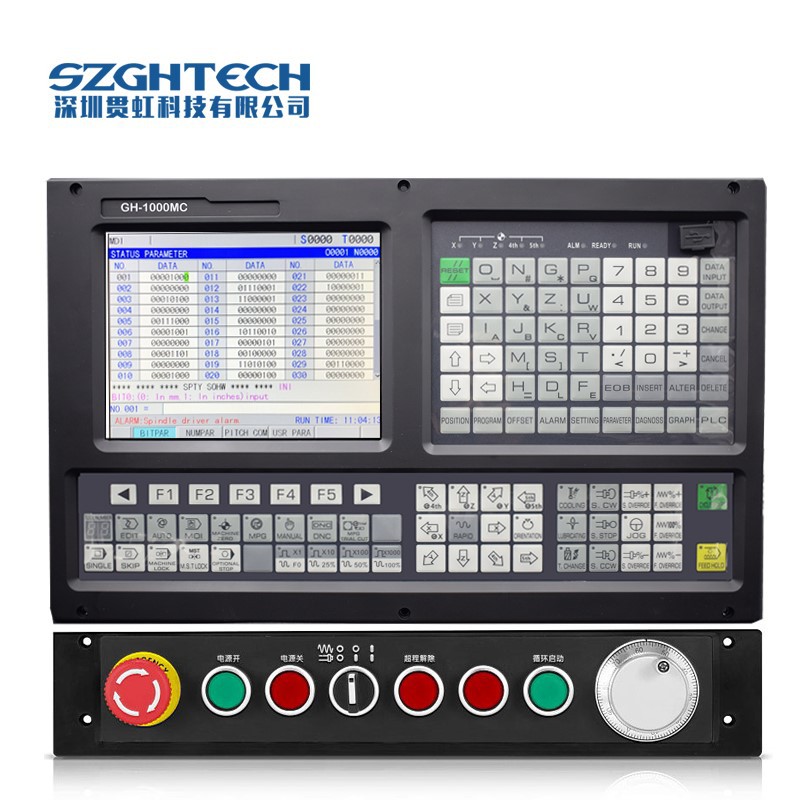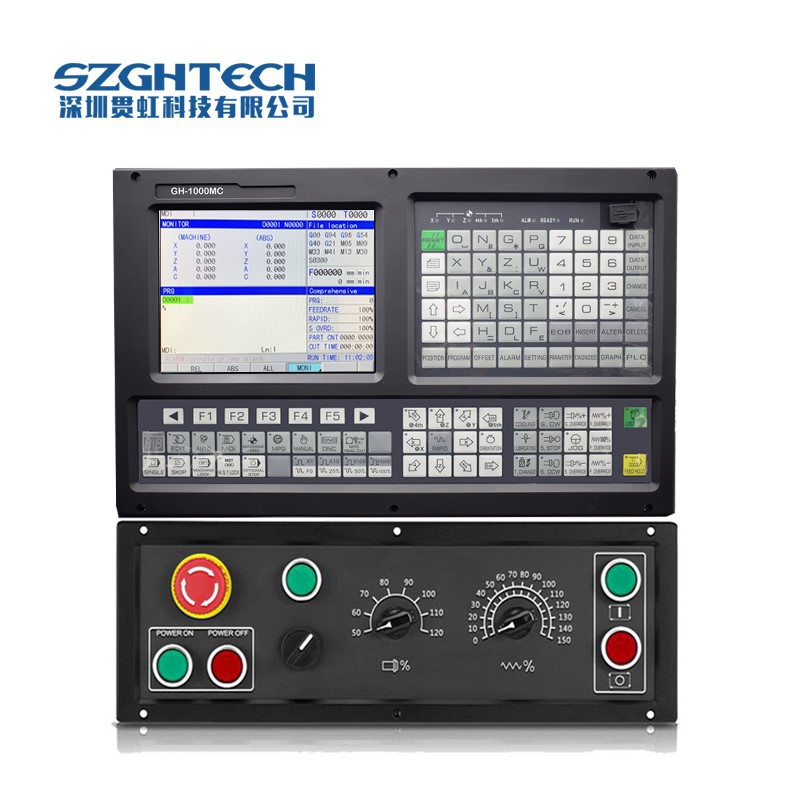Optimizing the programming and debugging process of the CNC system can improve machining efficiency, reduce errors, and ensure good machining results. Here are some ways to optimize the CNC system programming and debugging process:
1. Design and preparation: Good design and preparation before programming and debugging can reduce subsequent problems. Ensure that workpiece drawings and machining requirements are clear and unambiguous, understand the challenges that may be encountered during machining, and prepare the required tools, cutting data and cutting tools.
2. Use efficient programming tools: Choose the right CNC programming software and editor to improve the efficiency and accuracy of programming. These tools typically provide syntax checking, autocompletion, and impersonation to help avoid programming errors and conflicts.
3. Modular programming: Break down CNC programs into smaller modules or subroutines to improve maintainability and reusability. This allows you to add, modify, or reuse these modules as needed, reducing duplication of effort and speeding up the programming process.
4. Plan toolpaths wisely: Optimize toolpaths to minimize idle time and unnecessary tool movements. Avoid excessive tool commutation, fast movements over long distances and repetitive movements to reduce machining time and reduce machine load.
5. Simulation and verification: Before the actual machining, use CNC simulation software for virtual machining simulation and verification. This can help check program correctness, identify potential collisions and interferences, and adjust cutting data and toolpaths.
6. Progressive debugging: For complex programs or new machining operations, the method of progressive debugging is used. Start with simple operations and gradually increase functionality and complexity to ensure correctness and reliability at every step. Step-by-step debugging makes it easier to locate and resolve issues.
7. Monitoring and recording: During commissioning, key parameters of the machine and workpiece, such as cutting force, machining temperature and workpiece size, are monitored. This data is recorded using monitoring systems and sensors for subsequent analysis and improvement.
8. Continuous improvement: Regularly review and improve the programming and debugging process. Based on experience and feedback, identify opportunities for improvement and document and apply best practices to improve programming efficiency, reduce errors, and optimize machining results.
By adopting these optimization methods, the programming and debugging process of CNC systems can be improved, work efficiency can be improved, error rates can be reduced, and good machining quality and consistency can be ensured. Continuous learning and improvement of programming skills, as well as communicating with experienced operators and experts, are also key to improving CNC programming and debugging capabilities.
|
|
 |


